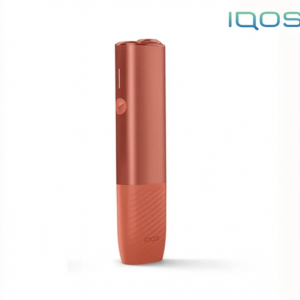The car key blade, often overlooked in its significance, plays a critical role in the operation of modern vehicles. While electronic key fobs and remote entry systems have become commonplace, the car key blade remains a fundamental component, providing a physical means of unlocking and starting the vehicle. Despite its seemingly simple design, the car key blade undergoes a meticulous and precise manufacturing process to ensure performance and durability.
Material Selection:
The first step in the fine processing of car key blades is the careful selection of materials. Car key blades are typically made from high-quality metals such as steel, brass, or nickel silver, chosen for their strength, durability, and corrosion resistance. The choice of material depends on factors such as the manufacturer's specifications, cost considerations, and desired aesthetic qualities. Regardless of the material selected, it must undergo rigorous testing and quality control measures to ensure compliance with industry standards and performance requirements.
Precision Machining:
Once the raw material has been selected, it undergoes precision machining to shape and form the car key blade. Advanced CNC (computer numerical control) machining techniques are employed to accurately cut, mill, and shape the metal into the desired profile. Every detail, from the grooves and ridges to the notches and serrations, is meticulously crafted to match the specifications of the vehicle's lock cylinder and ignition system. Precision machining ensures a snug and secure fit, allowing the car key blade to operate smoothly and reliably.
Surface Finishing:
After machining, the car key blade undergoes surface finishing to enhance its appearance and durability. This may involve processes such as polishing, buffing, or plating, depending on the desired finish and material properties. Polishing removes any surface imperfections and burrs, creating a smooth and lustrous surface. Buffing further enhances the shine and reflective properties of the metal, while plating adds a protective layer of chromium, nickel, or other metals to prevent corrosion and wear.






